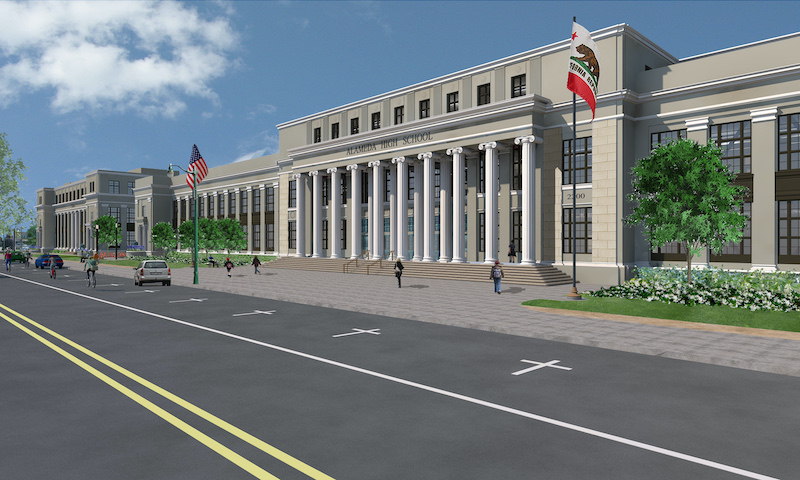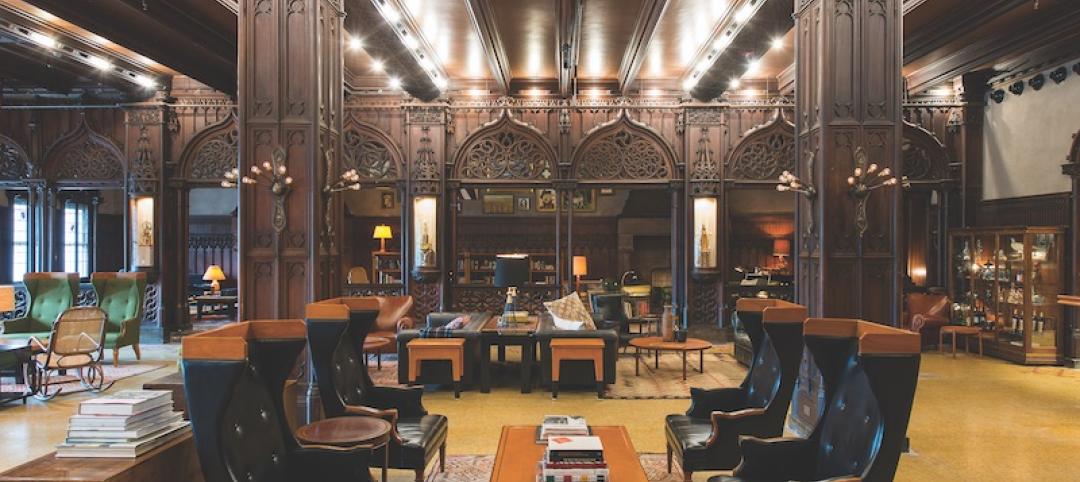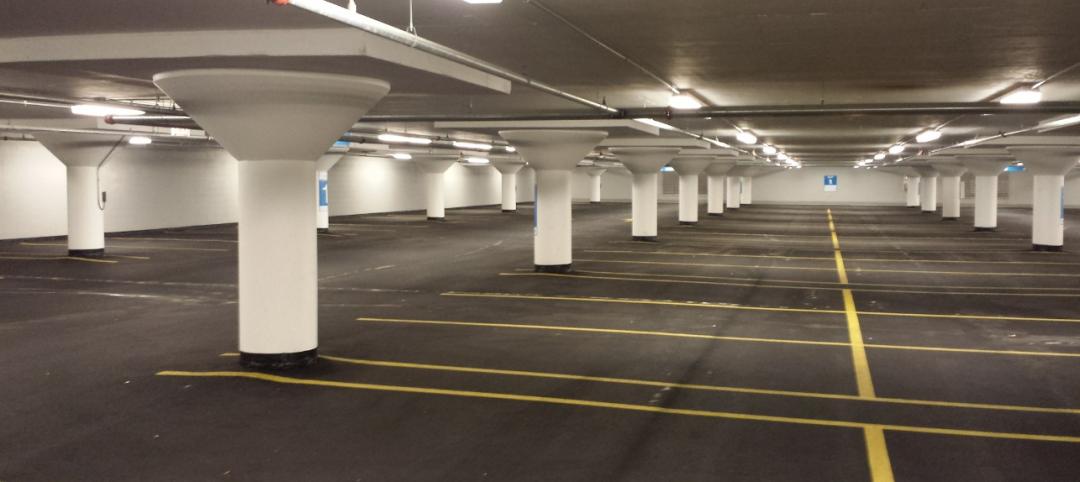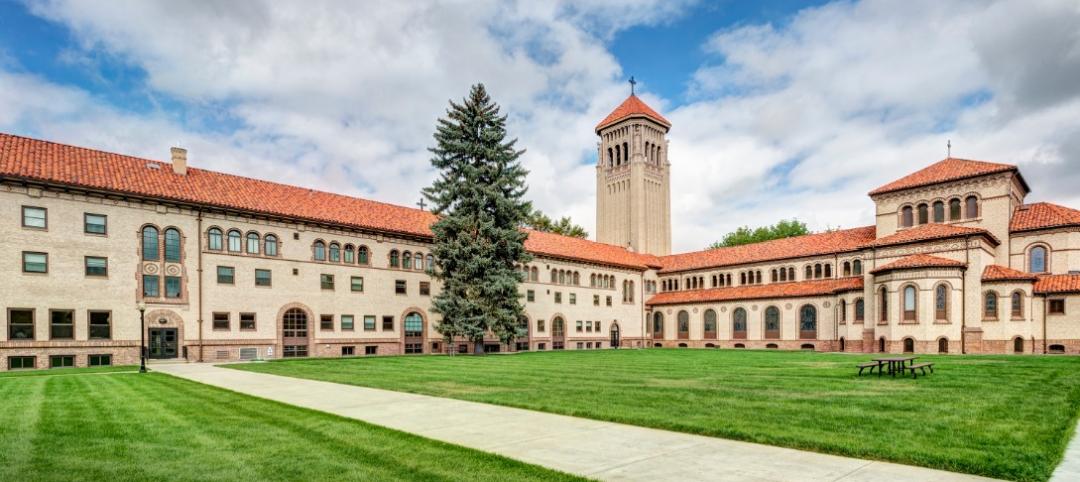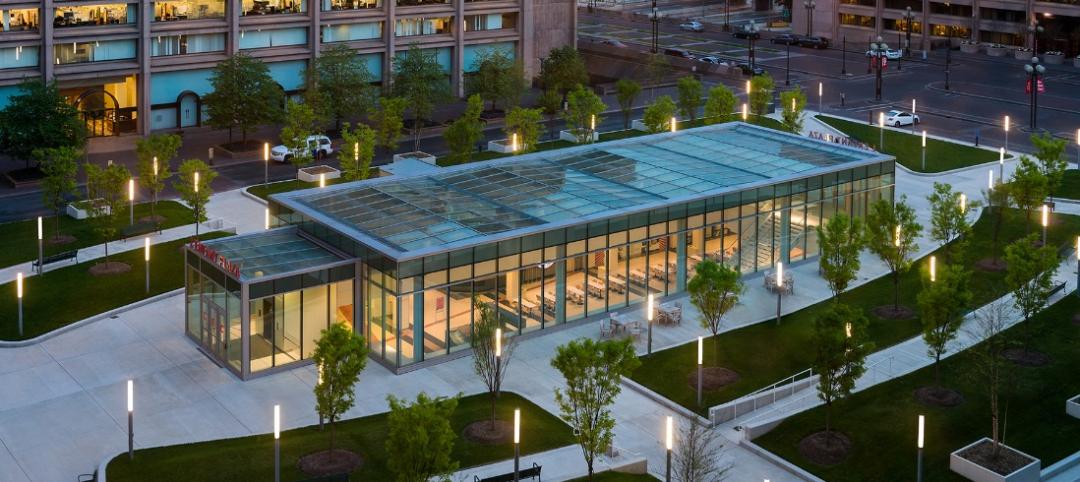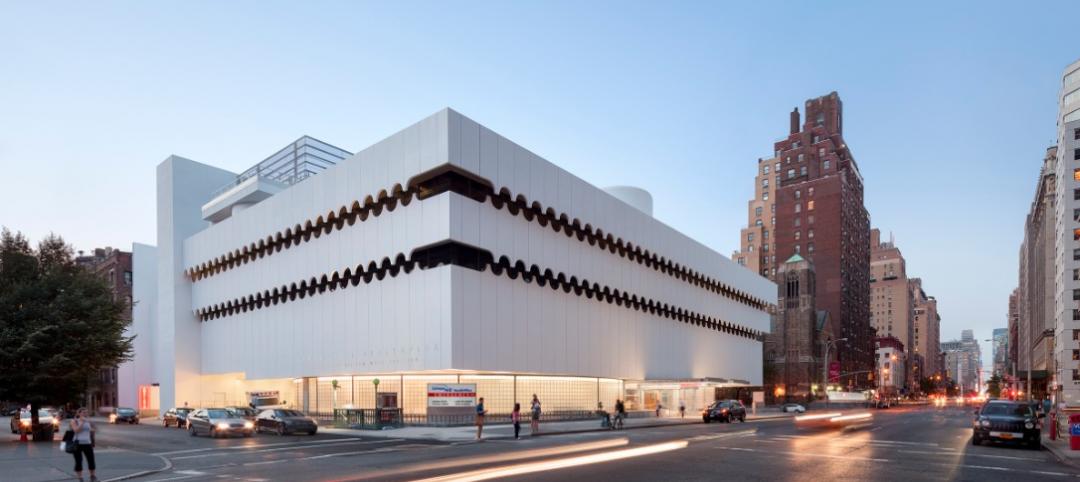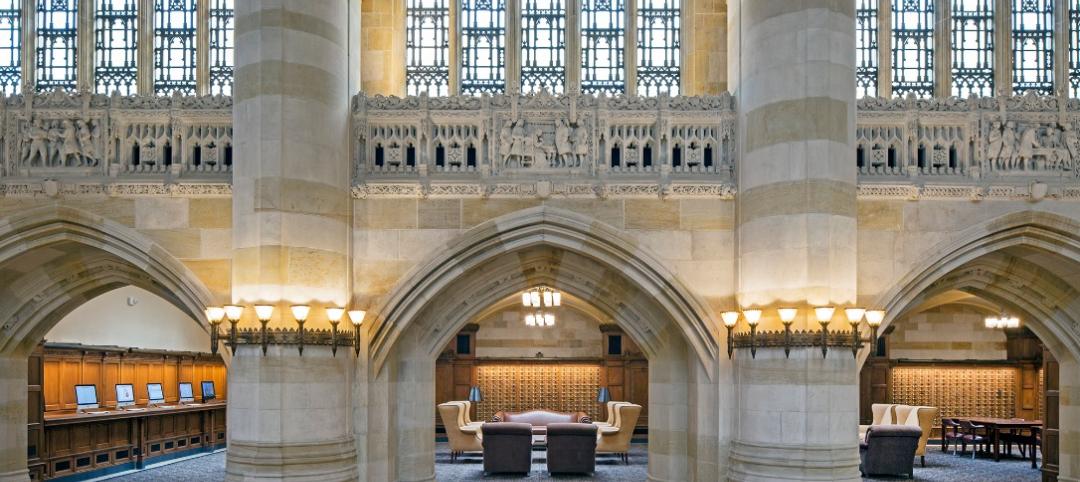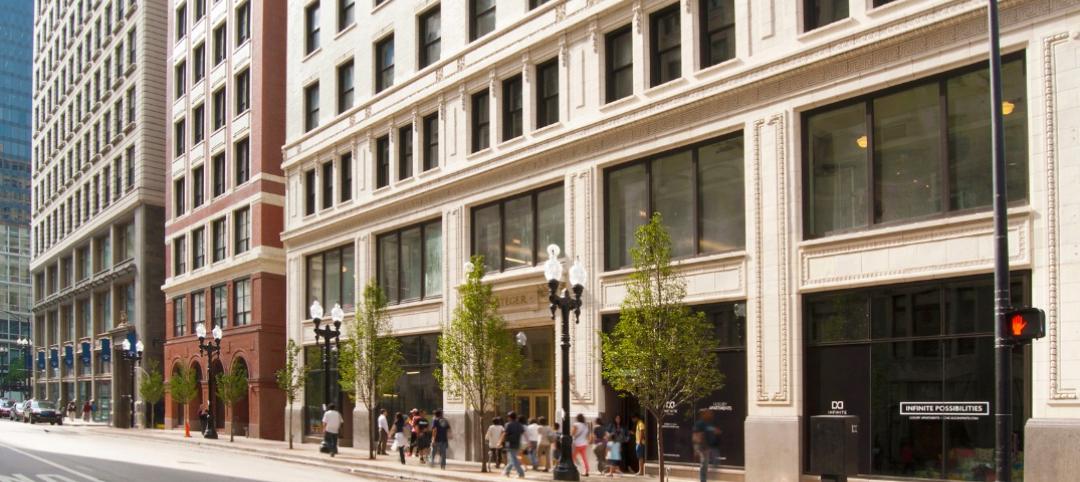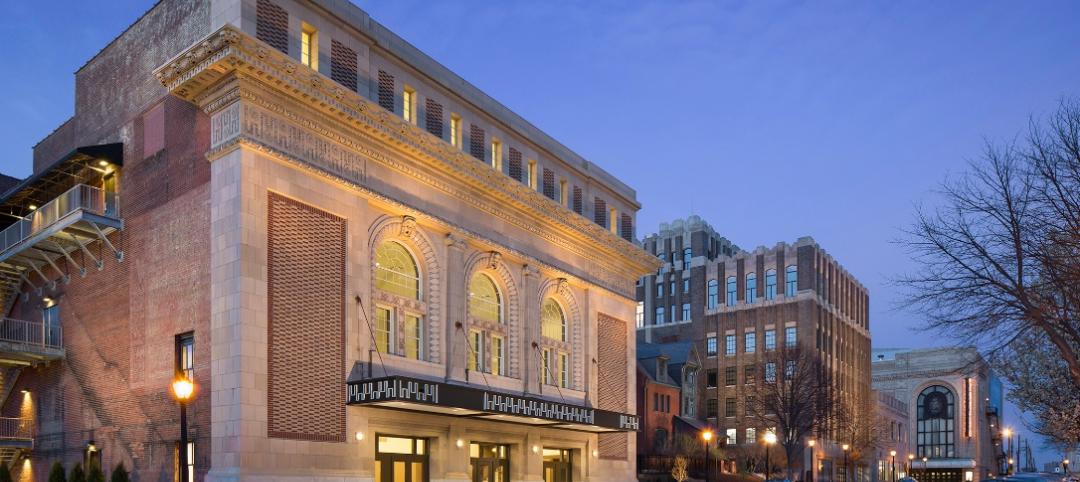The Historic Alameda (Calif.) High School (HAHS) had been an eyesore in its community for quite a while.
Originally designed in a neoclassical style by architect Carl Werner and opened in 1924, the school, consisting of a two- and three-story building, hadn’t been used for education since 1978 because of structural seismic concerns. Over the following three decades, the Alameda Unified School District used the buildings for office space. But the library moved out in 2006, and another seismic inspection led to shuttering the buildings permanently in January 2013. They were vacant and fenced in for the next five years.
HAHS got a second life thanks to a $179.5 million bond issue that voters approved in 2014, which prioritized the renovations of Alameda and Encinal high schools. One goal was to spend part of that money to restore and preserve HAHS’s 1920s-era architecture while creating a 21st Century flexible and modernized learning environment.
This project, one of California’s largest historic school renovations, was three jobs rolled into one: a seismic retrofit, a historic preservation, and a modernization. The completed work was the recipient of a 2020 Silver Reconstruction Award from BD&C.
This project included removing 2.4 million lbs of concrete and 900,000 lbs of wood, and installing 1.2 million lbs of steel, 19 miles of conduit and wiring, and five miles of copper and steel piping, according to the District.
The Reconstruction Team conducted comprehensive research that solicited input from the District’s leadership, the school’s staff and families, and the community at large. That input was granular, touching on everything from where the school’s administration offices would be located, to what kinds of furniture and landscaping were best suited to meet the project’s intent.
The ReCon Team also had to develop innovative testing and restorative methods so that the building would be safe enough to receive 1,786 students again on August 8, 2019.
SEISMIC SAFETY INCLUDED STABILIZING SOIL
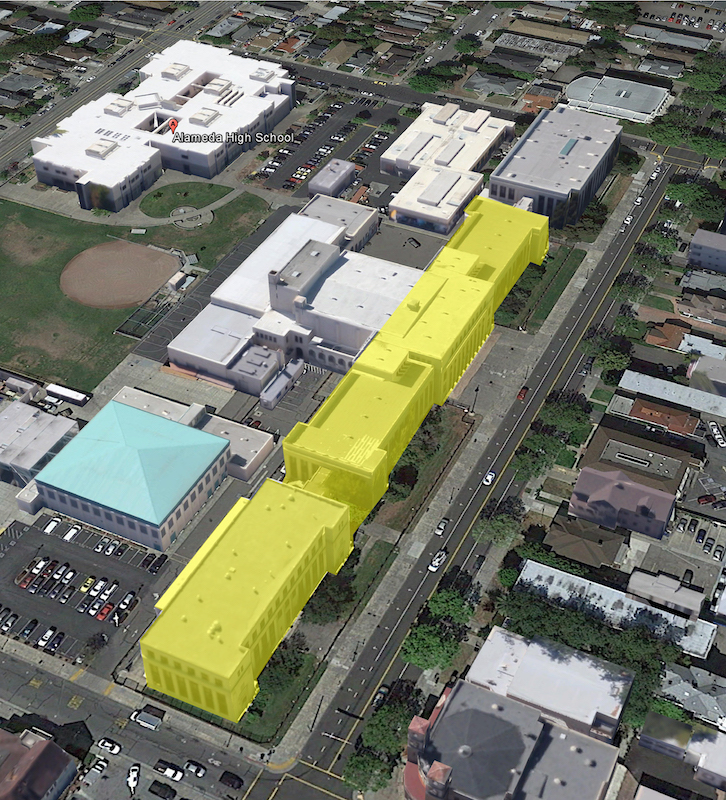
This aerial rendering shows the scope of this project that included stabilizing soil and installing new bracing to keep the buildings apart if an earthquake hit.
HAHS was seismically vulnerable primarily because of poor lateral resistance resulting from it sitting on liquefiable soil. To stabilize the soil, geotechnical engineer Miller Pacific Engineering Group removed the buildings’ raised floors and framing temporarily so that a small mobile rig could drill 6,000 holes under and around the buildings, into which 1,200 cubic yards of cement grout were injected.
The Recon Team installed new steel braces and fitting expansion joists between the campus’s two buildings so they could move, but not crash into each other, in the event of an earthquake.
The Team also found that the three-story building’s concrete columns were extremely weak; in some cases under 700 psi when 3,000 psi were needed. The Team reinforced those columns by attaching them to new steel columns on steel footings.
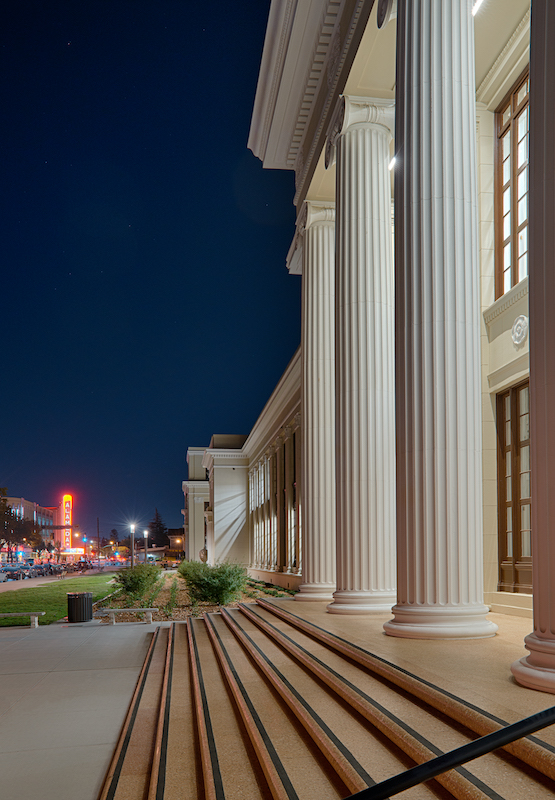
Concrete columns weakened by aging and wear were reinforced by attaching them to steel columns mounted on steel footings.
WINDOW RESTORATION A BIG PART OF SCHOOL’S HISTORIC PRESERVATION
The Recon Team worked with the Alameda Architectural Preservation Society to restore the school’s historic features. That included renovating and restoring 350 historic wood windows and 6,000 glass panes while preserving the original sills, sashes, cabinetry, and trim. (The project’s GC, Lathrop Construction, created its own millwork department to accommodate the building’s specific needs.)
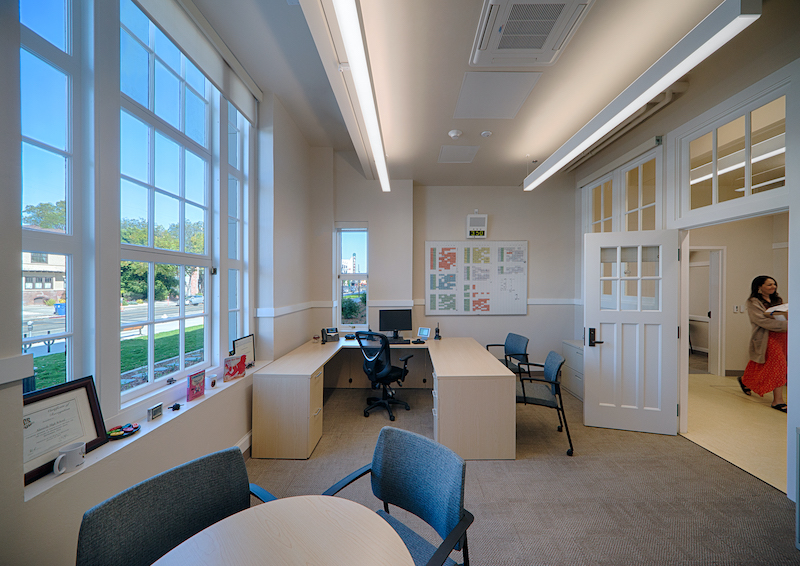
One of the school's remodeled administration offices is bathed in natural light. A big part of the school's restoration was the renovating and restoring its windows while preserving their original millwork.
The Team repaired and/or refinished the building’s front lobby, columns, terrazzo stairs, and the bronze and copper detailing outside the buildings. The buildings’ exteriors were painted to match their original color. The school’s time capsule, dating back to 1927, was dug up, cleaned, and replaced. Commemorative plaques for each year were restored. (The Recon Team’s design-architect, Quattrocchi Kwon Architects, reportedly hired a font specialist for the plaque restoration.)
MODERNIZATION ADDS SCIENCE LABS AND TECH TOOLS
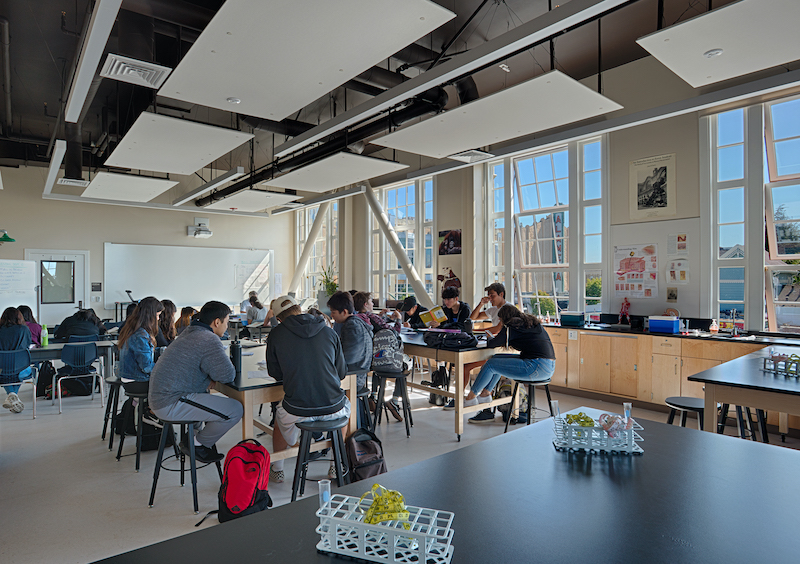
A major element of the school's reconstruction was the modernization of 37 classrooms and the addition of 11 science labs (above).
To modernize HAHS, its interior walls and floors were removed, and its classrooms were rebuilt to meet current size requirements, with higher ceilings and attics. All told, this project modernized 37 classrooms and created 11 science labs, as well as added student services spaces, a faculty lounge, and meeting rooms.
The classrooms and labs include new technology, acoustic panels, and furniture. Access to entrances and exits are updated. Third-floor skylights are restored, and new electrical, mechanical, and fire sprinkler systems are installed.
The renovation of the school’s Kofman Auditorium was completed in 2020.
PROJECT INFORMATION: Size 100,000 sf Construction start and finish June 2017 – August 2019 Cost $57 million Delivery method Lease-leaseback
BUILDING TEAM: Submitting firm and Architect Quattrocchi Kwok Architects Owner/developer Alameda Unified School District SE ZFA Structural Engineers ME/PE Costa Engineers EE O’Mahony & Myer Electrical Engineering & Lighting Design GC/CM Lathrop Construction Associates
Related Stories
Reconstruction Awards | Nov 11, 2016
Exclusive Chicago club re-emerges as a boutique hotel
Built in 1893 for the World’s Columbian Exposition, the CAA was an exclusive social club founded by leading figures in American sports and commerce.
Reconstruction Awards | Dec 1, 2015
Massive Chicago parking garage gets overdue waterproofing
Millennium Lakeside Garage, the largest underground parking facility in the U.S., hadn’t been waterproofed since the 1970s. The massive project took nearly 2½ years and 33,554 man-hours.
Reconstruction Awards | Nov 30, 2015
Washington Monument restored after 2011 East Coast earthquake
This restoration and repair project, which was completed under budget and eight days early (despite several setbacks), involved re-pointing 2.5 miles of mortar joints, repairing 1,200 linear feet of cracks, and installing 150 sf of Dutchman repairs. Construction took place from November 2011 to May 2014.
Reconstruction Awards | Nov 30, 2015
Denver's 107-year-old seminary campus modernized
The scope of the project included the seminary dorms, library, and chapel, all of which posed their own set of obstacles.
Reconstruction Awards | Nov 24, 2015
Center of I.M. Pei-designed plaza part of Washington redevelopment
The L’Enfant Plaza, a three-story below-grade mall, was renovated to include a new glass atrium pavilion and a 40-foot-long, interactive LED.
Reconstruction Awards | Nov 24, 2015
Manhattan's first freestanding emergency department a result of adaptive reuse
The Lenox Hill Healthplex, a restoration of the Curran O’Toole Building, has glass-block walls and a carefully preserved exterior.
Reconstruction Awards | Nov 19, 2015
Nave restored at Yale’s Sterling Memorial Library
Turner Construction and Helpern Architects revived the 150-foot-long nave, which was embellished with stained glass windows by G. Owen Bonawit, stone carvings by René P. Chambellan, and decorative ironwork by Samuel Yellin.
Reconstruction Awards | Nov 19, 2015
Infinite Chicago redevelopment bridges past to present
The renovation of three historic downtown buildings—the Gibbons and Steger Buildings and Pickwick Stables—includes a multi-level concrete walkway connection.
Reconstruction Awards | Nov 18, 2015
Sun Theater serves the youth of St. Louis
Lawrence Group and property owner TLG Beaux Arts raised $11 million to restore the 26,000-sf theater into a modern performance venue.
Reconstruction Awards | Nov 17, 2015
Smithsonian Institution’s Arts and Industries Building again an exposition and museum space
After removing decades’ worth of unfortunate additions to expose 17 historic interior spaces for the National Historic Landmark, the Building Team zoned in on the client’s key concern.


